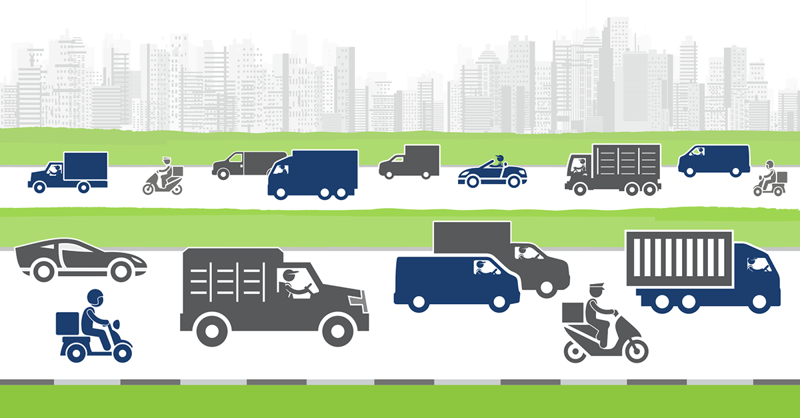Whether it’s ship from store or ship from supplier, retailers are implementing omnichannel shipping strategies to get closer to their customers to reduce delivery times and transportation costs. And customers expect more from delivery services than a package left on a doorstep. Increasingly, they want white glove services, especially for appliances, furniture, and other heavy items. These are services that retailers have provided with their own fleet or locally sourced carriers. This has left shippers with the challenge of managing a complex network of local delivery services providers. Multi-carrier is giving way to omni-carrier.
According to an IBISWorld Study released last year, the Couriers & Local Delivery Services industry in the U.S. has grown by 4.9 percent since 2014, reaching revenue of $107 billion in 2019. Over the same period, the number of local delivery service businesses has grown by 2.6 percent, and the number of employees has grown by 5.1 percent.
With such rapid growth and the addition of so many new players, shippers are scrambling to keep up with not only the demand of customers, but also the pace of the industry.
While there have been local delivery services for years (think of bike messengers zig-zagging between yellow cabs on the streets of New York City), the demand for same-day, white glove, and other more complex delivery continues to grow. The types of shipping services they offer run the gamut to what we would otherwise consider multi-modal: from mail to parcel to freight. The need for transportation management system (TMS) technology to manage the new mix of delivery options will continue to increase.
Crowdsourced shipping is another transportation trend that leverages local, non-professional couriers to deliver packages to customers' doors. Controlling service levels with crowdsourced delivery systems is a challenge.
“Customers now expect the same kind of white glove service they receive from traditional retail and online deliveries for larger items like a big screen TV or even a mattress bought online —including set-up and haulaway,” said Mike Graves, Pierbridge’s director of product management. “What was last mile, is now last inch.”
The jigsaw puzzle of local delivery
Managing fragmented local delivery networks is proving to be a difficult one for many shippers. This is because most local delivery carriers lack the kind of technology that larger regional or national carriers have, leaving shippers with manual shipping processes. Using a TMS system that has the ability to automate interaction with a diverse network of local delivery services is essential to implementing omnichannel shipping strategies.
“Transtream automates and simplifies routing, rating, shipping, tracking, and PODs for local carriers, making it really simple for somebody to process local deliveries,” said Graves. ”We can see a trend emerging where how a shipper delivers goods to residences will have a significant impact on customer experience. It becomes part of the brand. We can expect to see more value-added delivery services in the future.”
With local delivery becoming an increasingly important part of a multi-carrier and omnichannel shipping plan, automating with a parcel shipping system such as Transtream can take the time and guesswork out of getting packages to people quickly, efficiently, and cost-effectively.
